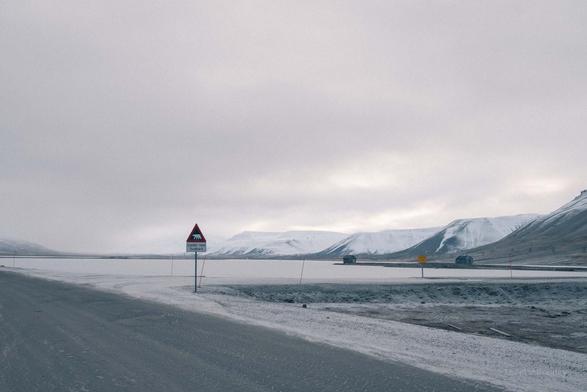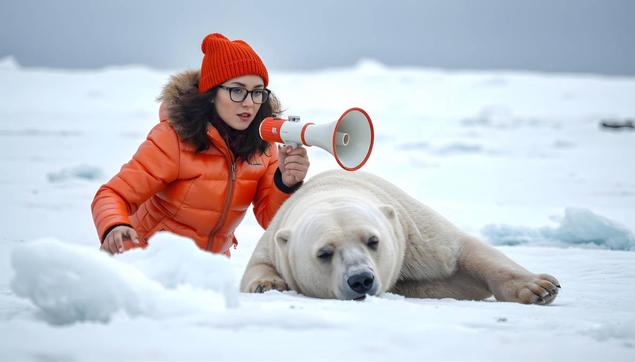Recent searches
Search options
#polarbears
New method tracks contaminant accumulation in Arctic marine mammals https://phys.org/news/2025-03-method-tracks-contaminant-accumulation-arctic.html #Cetaceans #MarineMammals #MarineLife #MarineBiology #Orca #Dolphins #PolarBears #OceanPollution #Bioaccumulation #Arctic
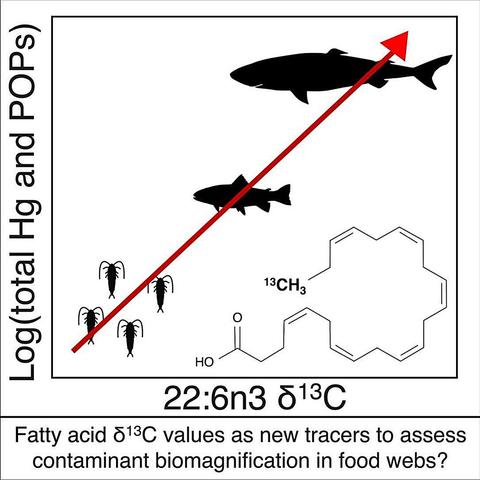
The Whale Raft by Estebane Rezkallah
Attracted by the smell of flesh, polar bears feast on the carcass of a whale in east #Greenland. More than 60 bears were recorded in the area and their behaviour was almost benevolent, possibly due to the abundant food.
Ivory, bone, and antler carvings depicting polar bears swimming and stalking. Created by the Dorset culture (Geographical range:Northern Canada and Greenland) circa 500 BC–1500 AD. Currently housed in the collection of the Smithsonian Institution.
@archaeologyart #art #archaeology #polarbears
Anti-Icing Polar Bear Fur
Despite spending their lives in and around frigid water, snow, and ice, polar bears are rarely troubled by ice building up on their fur. This natural anti-icing property is one Inuits have long taken advantage of by using polar bear fur in hunting stools and sandals. In a new study, researchers looked at just how “icephobic” polar bear fur is and what properties make it so.
The key to a polar bear’s anti-icing is sebum — a mixture of cholesterol, diacylglycerols, and fatty acids secreted from glands near each hair’s root. When sebum is present on the hair, the researchers found it takes very little force to remove ice; in contrast, fur that had been washed with a surfactant that stripped away the sebum clung to ice.
The researchers are interested in uncovering which specific chemical components of sebum impart its icephobicity. That information could enable a new generation of anti-icing treatments for aircraft and other human-made technologies; right now, many anti-icing treatments use PFAS, also known as “forever chemicals,” that have major disadvantages to human and environmental health. (Image credit: H. Mager; research credit: J. Carolan et al.; via Physics World)
Photography of the year award: Polar Bear Amid Fireweed Blooms by Christopher Paetkau
Intimate moments in the lives of polar bears
by Alexey Suloev
https://en.35photo.pro/alexey2014/
via expressions-of-nature
#Environment #GlobalWarming #Environment #Polarbears
Likely fake but still to the point and poignant.
Joy or despair?
Nur, the first polar bear cub born in Latin America, walks towards her mother, Aurora, at the São Paulo aquarium, São Paulo, #Brazil
Photograph: Isaac Fontana/EPA
4-31 Infantry, 10th Mountain Division, Fort Drum, NY #polarbears #goldendragons #rightoftheline #fortdrum #usarmy #infantry #hooah #newyork #photography #eastcoastkin
February 28, 2025. #science #animals #climate #polarbears
Posted into Popular Science's Story of the Day @popular-science-s-story-of-the-day-PopularScience
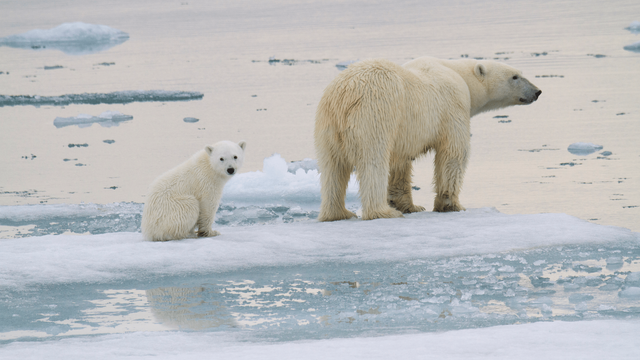
Polar bear – Svalbard, Norway
Gold in behaviour – mammals category
Photograph: Tom Nickels/World Nature Photography awards
Is that a breaststroke?
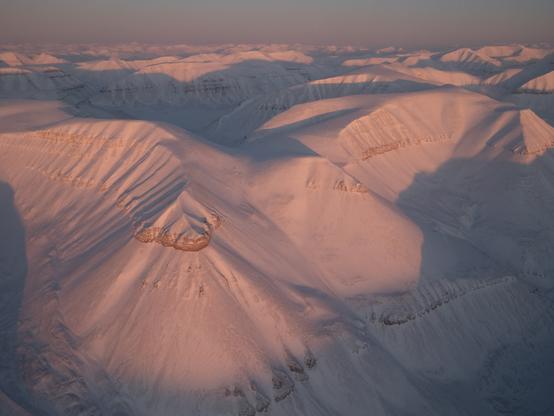
Celebrate Polar Bears on International Polar Bear Day, Feb 27, and every day with free knitting patterns for polar bear toys and other projects with polar bear motifs.
https://intheloopknitting.com/polar-bear-knitting-patterns/
#knitting #PolarBears
Scientists Use Remote Cameras to Capture Polar Bear Cubs Emerging From Dens https://petapixel.com/2025/02/27/scientists-use-remote-cameras-to-capture-polar-bear-cubs-emerging-from-dens/ #remotecamera #Technology #polarbears #polarbear #gpsdata #norway #News
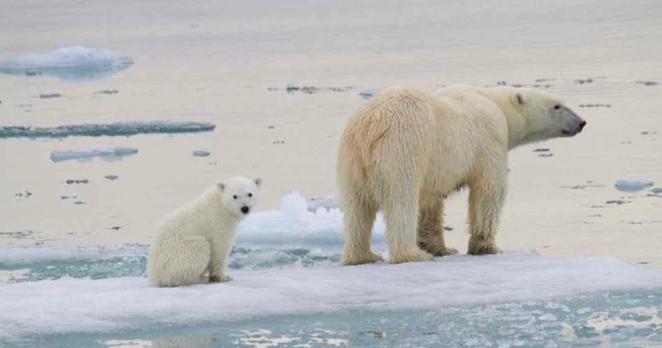
At least two populations of polar bears in the high Arctic are developing paw injuries, possibly because of shifting sea ice conditions in a warming environment, according to a new study. Such injuries have not been reported in these areas previously, the study’s authors write.



